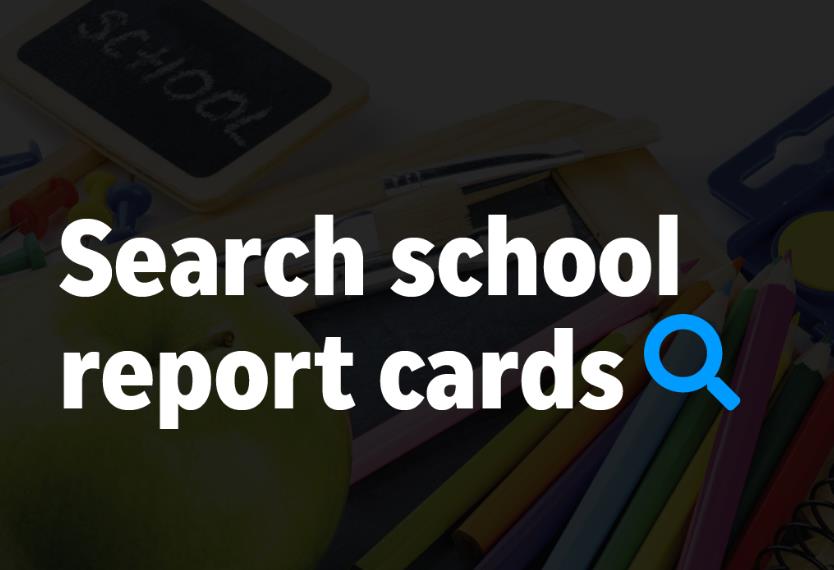The Wisconsin Department of Public Instruction (DPI) has released the school and district report cards for the 2022-23 school year, which measure the performance of public schools and districts across the state. The report cards are based on multiple indicators of student achievement, growth, target group outcomes, and on-track to graduation. The report cards also provide information on course and program participation for grades 9-12.
The report cards use data from the 2022-23 and 2021-22 school years, as well as some data from the 2020-21 and 2019-20 school years, depending on the indicator. The report cards assign a score and a rating to each school and district based on their performance in four priority areas:
- Achievement: The percentage of students who demonstrate proficiency in reading and mathematics on state assessments.
- Growth: The improvement of individual students in reading and mathematics on state assessments over time.
- Target Group Outcomes: The performance of specific groups of students, such as economically disadvantaged, English learners, students with disabilities, and students of color, compared to their peers.
- On-track to Graduation: The success of students in staying in school, graduating, and being ready for college and career.
The report cards also take into account the impact of the COVID-19 pandemic on student learning and attendance, and adjust the scores and ratings accordingly. The report cards use a weighting calculator to re-weight the priority areas when data for a particular area are not available. For example, if a school did not administer state assessments in 2022-23, the achievement score would be based on the 2021-22 data only, and the growth score would be based on the 2020-21 and 2019-20 data.
The report cards assign a score from 0 to 100 for each priority area and for the overall performance of the school or district. The overall score places the school or district into one of five ratings:
- Significantly Exceeds Expectations (83-100)
- Exceeds Expectations (73-82.9)
- Meets Expectations (63-72.9)
- Meets Few Expectations (53-62.9)
- Fails to Meet Expectations (0-52.9)

How to access and understand the report cards?
The report cards are available online on the DPI website. Users can search for a specific school or district, or browse by county, district, or school type. The report cards provide a summary of the overall score and rating, as well as the scores and ratings for each priority area. The report cards also provide detailed data on each indicator, such as the percentage of students who are proficient or advanced in reading and mathematics, the value-added growth score, the graduation rate, the chronic absenteeism rate, and the participation rate in advanced coursework, career and technical education, and dual enrollment.
The report cards also include a data at-a-glance section, which provides a snapshot of the school or district demographics, such as the enrollment, the student-teacher ratio, the per-pupil spending, and the percentage of students who are economically disadvantaged, English learners, students with disabilities, and students of color.
The DPI has also provided several resources to help users interpret and communicate about the report cards, such as:
- A report card guide that explains the purpose, components, and calculations of the report cards.
- A report cards at-a-glance document that summarizes the key features and changes of the 2022-23 report cards.
- A local report card template that allows schools and districts to customize their own report cards with additional information and context.
- A parent letter template that helps schools and districts inform parents and guardians about the report cards and their implications.
- A target group outcomes guide that clarifies how the performance of specific groups of students is measured and reported.
- A value-added growth guide that describes how the growth of individual students is estimated and compared.
What do the report cards mean for students, parents, educators, and policymakers?
The report cards are intended to provide a comprehensive and transparent picture of how well schools and districts are serving their students and preparing them for success. The report cards can help identify the strengths and areas of improvement for each school and district, and inform the decisions and actions of various stakeholders, such as:
- Students and parents can use the report cards to understand how their school or district is performing, and what opportunities and supports are available for them.
- Educators and administrators can use the report cards to evaluate their instructional practices, curriculum, and interventions, and to plan for continuous improvement and professional development.
- Policymakers and community members can use the report cards to monitor the progress and outcomes of public education, and to allocate resources and support accordingly.
The report cards are not the only source of information about school and district quality, and should be used in conjunction with other data and evidence. The report cards are also not meant to rank or compare schools or districts, as they may have different contexts, challenges, and goals. The report cards are meant to provide a common framework and language for accountability and improvement, and to foster a culture of excellence and equity in Wisconsin public education.
